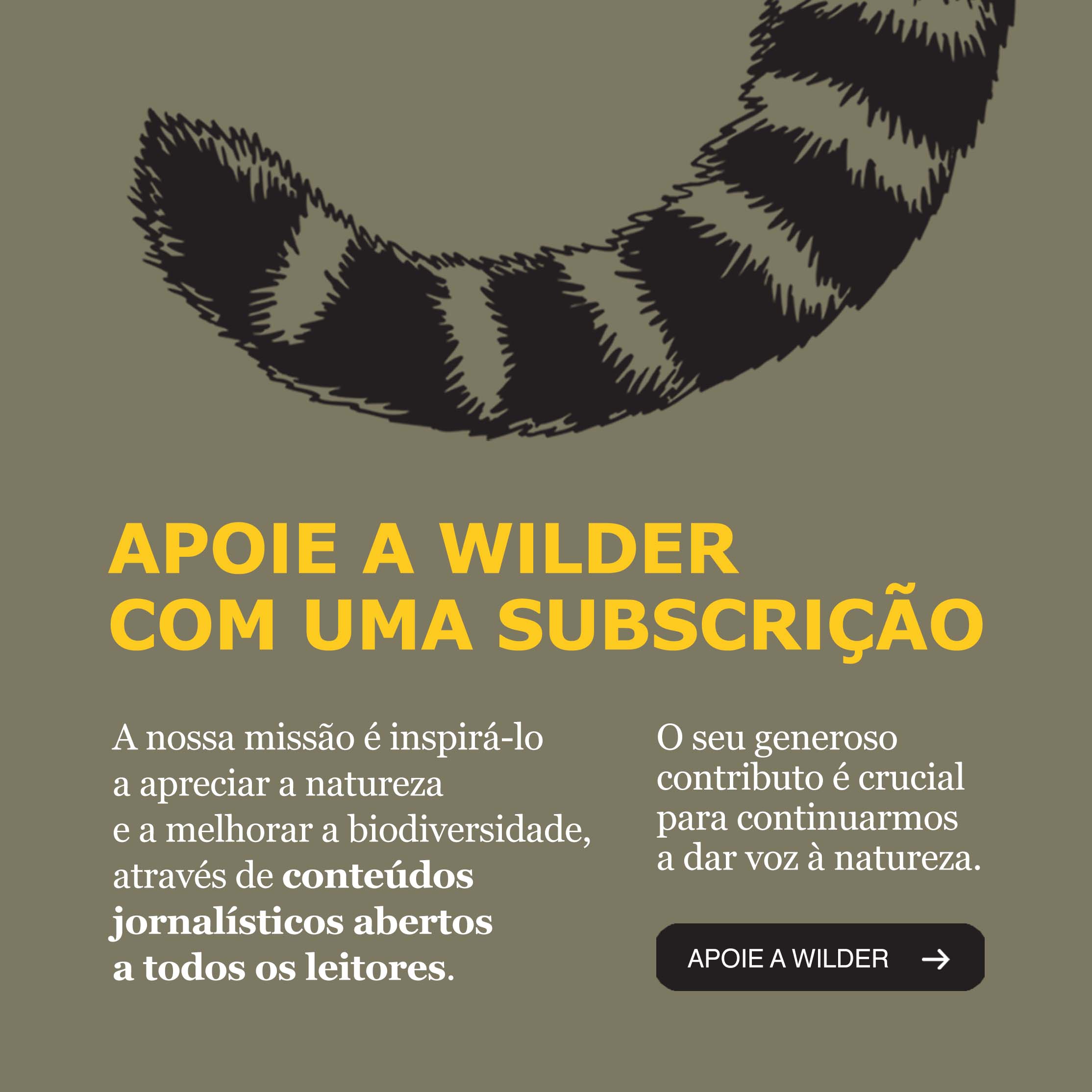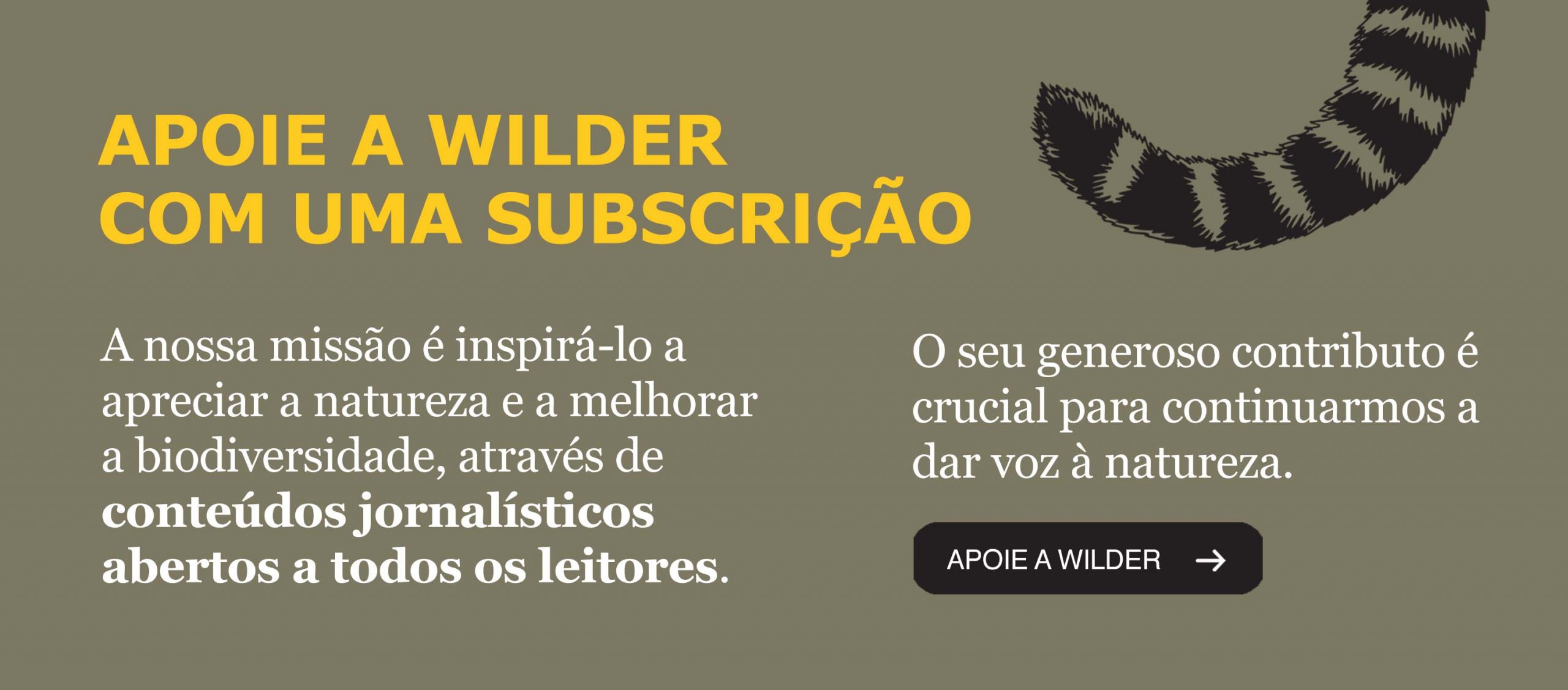Tagus river, Aveiro Lagoon, Sado estuary and Formosa Lagoon were the spots where volunteers counted more birds. The census, on 24th of January, overcame the organizers’ expectations and left the door open to new counts.
From now on, the osprey history in Portugal has a new landmark. After its extinction as a breeding species in 1997 and the start of its reintroduction in 2011, the first census of the ospreys wintering in Portugal, coming from the North of Europe, was undertaken in 2015, entirely by volunteers.
In a single day, a sunny Saturday on 24th of January, 135 birdwatchers went looking for this bird of prey in estuaries, lagoons and reservoirs throughout the country. In the end of the day, they counted 71 to 81 birds.
“These numbers are way above our initial predictions”, told Wilder Gonçalo Elias, the census’ organizer and the responsible for the site Aves de Portugal (Birds of Portugal).
In total, were observed 71 to 81 ospreys. This gap is due to the situations when it was not possible to confirm if the same bird was seen more than once in different locations. Twelve ospreys were registered in Aveiro Lagoon, eleven in Tagus River, ten in Formosa Lagoon and nine in Sado estuary.
It was a “very intense” day, said Gonçalo Elias. After having counted two ospreys in the morning in Algarve, in the south of Portugal, this birdwatcher returned to his computer and started coordinating the data that other volunteers were transmitting from the field.
Gonçalo Elias believes that the most important thing in that day was the “huge support by the birdwatchers and photographers community”. The 135 volunteers allowed “to cover almost the entire Portuguese territory” with data.
Vasco, the osprey A2A8 and the mullet
The osprey captured a big mullet and then landed in a pole in Lezíria Grande, a plain by the river Tagus. Vasco Valadares was just 15 meters away and saw the bird feed, quietly. “It was the highlight of the day” and “an experience I’ll never forget”, said this geologist and a passionate bird photographer.
“It’s a spectacular sight to be able to see a wild animal so big doing something so natural.”
Vasco had enough time to take pictures and make some videos. At some point he noticed that the bird had a ring, with the reference A2A8. “We asked our friends in other countries who that bird was and we’ve learned that that osprey was born in Grob Labenz, Germany, on June of 2014. It’s so young and has already travelled this far. And it’s doing so well! It’s amazing!” he said to Wilder.
Vasco Valadares wanted to participate in this census right from the beginning. He already knew well Lezíria Grande and had seen ospreys there. “Being a geologist, the contact with nature has always been part of my work and of my life. The bird photography is a recent hobby but it’s very rewarding”.
By taking part on the census, Vasco Valadares helped to know how many ospreys spent the winter in Portugal, made new friends and took “some amazing photos!”









